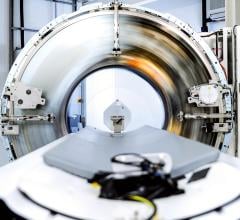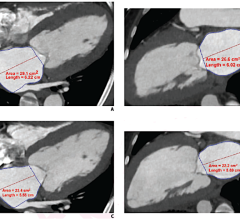March 30, 2009 - Michael Harbut, M.D., MPH, co-director of the National Center for Vermiculite and Asbestos-Related Cancers (NCVAC) at the Barbara Ann Karmanos Cancer Institute in Detroit, MI, and chief of the Center for Occupational and Environmental Medicine Wayne State University, revealed the use of a new technology to aid in the diagnosis of asbestos-related lung disease.
The announcement was made at the Asbestos Disease Awareness Organization's annual conference on March 28 in Manhattan Beach, CA.
"Radiographic approaches developed by Carmen Endress, M.D., FACR, associate professor of radiology, Wayne State University School of Medicine and radiologist at the NCVAC, allow us to visualize lesions caused by asbestos exposure in three dimensional detail and often at a much earlier stage than that of the current standard radiographic techniques," Dr. Harbut said.
This new approach involves taking images obtained on the 64-slice high resolution CT scan and enhancing them using the Vitrea imaging software program developed by Vital Images Inc.
Dr. Harbut explained, "The benefits of this new approach include the possibility of earlier detection; better differentiation between patients with scarring on the lungs and other diseases; assistance in determining why some people who have thickening on the covering of the lungs have uncontrolled, unrelenting pain; and potentially increased success in the overall diagnosis and treatment of asbestos-related disease."
According to Dr. Harbut, this approach could also have a significant public-health impact.
"If we can identify the 'sentinel' or first cases of asbestosis or lung cancer at an early stage, then we can help identify asbestos exposures in places where it might not have previously been suspected,” he said. “Such identification of early detection could help to reduce the death rate from asbestos-related diseases."
Harbut added that this new technology approach to chest radiography could also help reduce cases of fraud which have been reported in asbestos litigation, due to the clarity and sophistication of the images that can help identify which cases are asbestos-related and which are not.
For more information: www.karmanos.org


 February 01, 2024
February 01, 2024 








